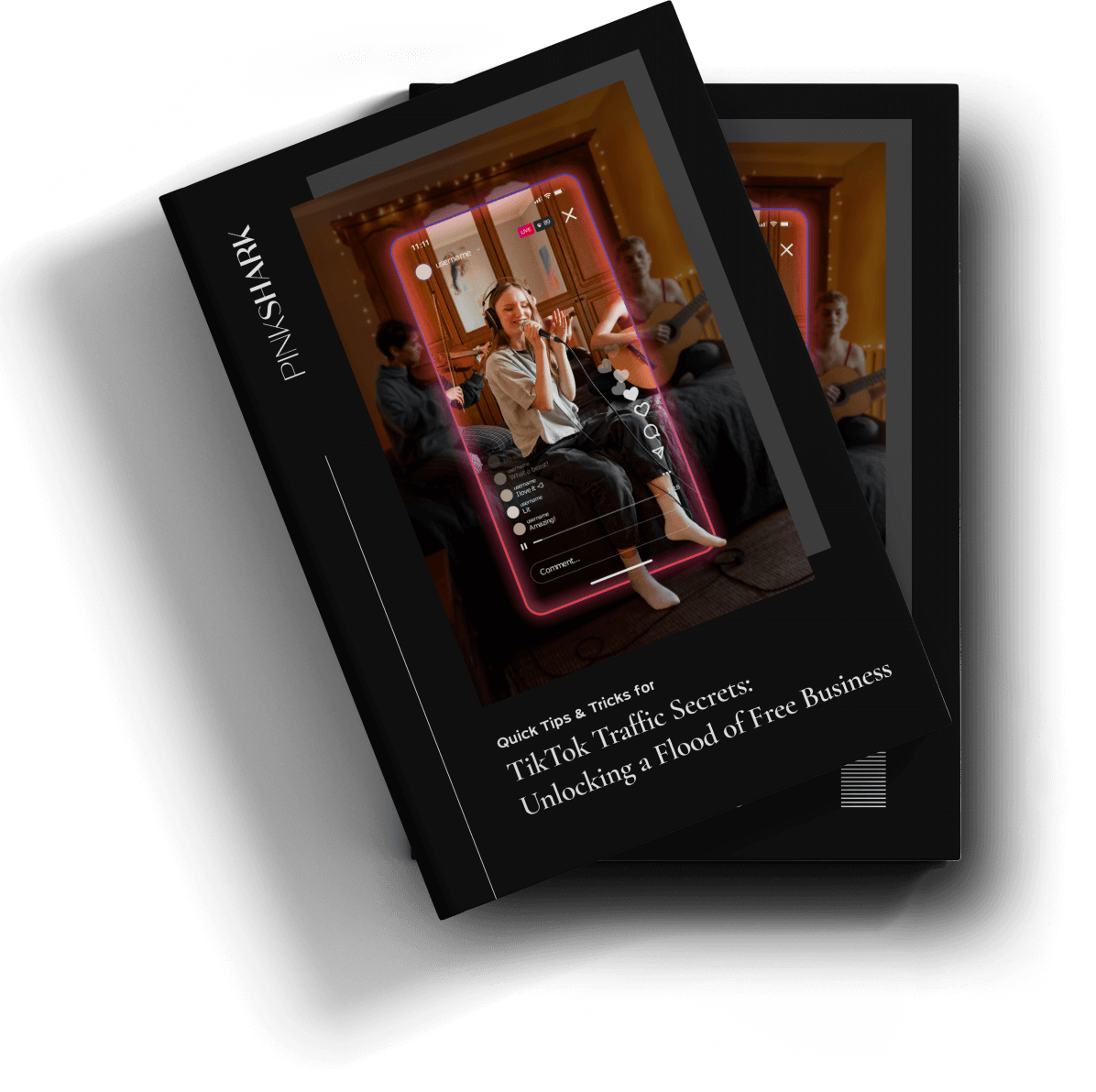These days, there are many popular websites that have been active long enough to have been affected by numerous web design trends. Not every trend is equally influential, and some of them can be ignored by high-traffic sites and apps like Facebook. But the more pervasive and lasting trends can make aspects of our daily online experience look strange and anachronistic if their owners don’t keep up.
Off the top of my head, I can’t think of a major site that has fallen behind in this way. If you know of a site that still receives steady traffic but doesn’t look quite at home in the modern internet landscape, I’d like to read about it in the comments. But bear in mind, the anachronism has to be part of the site’s predominant web design. Alternative user displays don’t count. If they did, you’d be able to mention Facebook. At least you would have been until it was announced that Facebook’s “classic” interface is going away forever in September.
It’s an interesting story for anyone who is interested in the overlap and occasional tension between web design and consumer satisfaction. Naturally, part of the purpose of professional web design is to present users with an aesthetic that they’ll appreciate. However, as time goes on and the internet comes to be populated with people who first got online in multiple different design eras, this becomes more complicated.
Over the past year, Facebook’s gradual introduction of its new design helped to reveal the extent to which some people are averse to change. Although most users saw value in the new web design elements, many said they preferred the old appearance. And Facebook indulged them by first allowing users to opt into the change and eventually letting people change back once the new design had been rolled out to everyone.
But now, the social networking giant has evidently decided that there’s too much effort involved in leaving the old option available, even if people still want it. And you can’t really blame Facebook for that, since the classic option boasts outmoded web design principles, which will look more and more out of place with the rest of the web as time goes on. By removing the classic option, Facebook is essentially ripping off a Band-Aid that some of its users have been too reluctant to remove. If no one did so, those users might continue clinging to an old type of web design until one day they find that they barely recognize the internet at all.
Web design, like time itself, cannot halt its forward march. Major companies and minor web design firms are typically not doing their users any favors if they indulge a boundless appetite for nostalgia. Although a good site should strive to be distinctive with its own unique aesthetic, it should also contribute to an overall continuity of online life. As Facebook would no doubt tell us, there’s a way to do that while still pleasing most of your customers.



